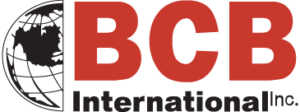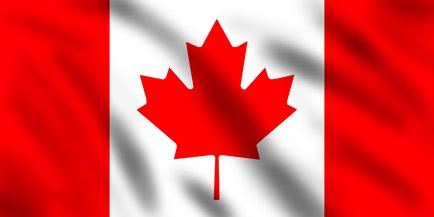On August 23, 2024, the CBSA issued Customs Notice 24-27: CARM October Implementation – Transition Measures, which outlined a number of transition measures to support trade chain partners in the adoption of the CBSA’s Assessment and Revenue Management (CARM).
On October 21, 2024, Regulations Amending Certain Regulations Administered and Enforced by the Canada Border Services Agency came into force providing importers release prior to payment of duties without having to give security for a period of 180-days following CARM implementation.
On March 23, 2025, Regulations Amending Certain Regulations Administered and Enforced by the Canada Border Services Agency, specifically subsection 69(2), were extended by 30 days, effectively bringing RPP transition end date to May 20, 2025 at 3:00:01am EDT.
This measure provided a period of time to secure financial security in order to continue to benefit from Release Prior to Payment following the end of the transition period.
Clarity of end of transition period for importer program accounts
Importer program accounts (BN15) enrolled in RPP, as part of transition plan or post-October 21, 2024, that have provided the required financial security will maintain RPP privileges post May 20, 3:00:01am EDT and will not be impacted by the end of the transition period. No further action is required at this time.
Importer program accounts (BN15) enrolled in RPP and have transacted (imported goods) since October 21, 2024, if all transactions on the account are not subject to duties and taxes (for example zero-rated goods such as produce) will still benefit from RPP post May 20 at 3:00:01am EDT as there is no principal to secure on these transactions. If goods imported in the future are subject to duties and taxes, the financial security requirement would be required for the goods to be released prior to payment.
Importer program accounts (BN15) enrolled in RPP as part of transition period or post-October 21, 2024, that have dutiable and taxable importations (transactions) and have not taken action to satisfy financial security requirement, will be removed from RPP on May 20, 3:00:01am EDT. Future enrolment in RPP with the provision of the required financial security is possible.
Importer program accounts (BN15) enrolled in RPP as part of transition period, but that show no importations (no transactions) since October 21, 2024, and have subsequently not provided financial security, will be removed from RPP on May 20 at 3:00:01am EDT. Future enrolment in RPP with the provision of the required financial security is possible.
Importers not eligible for RPP come May 20, 2025 will need to submit a CAD C-Type and pay applicable duties and taxes at time of release.
Additional information
- Customs Notice 24-27: CARM October Implementation – Transition Measures outlines transition measures that remain in effect to support trade chain partners in the adoption of the CBSA’s Assessment and Revenue Management (CARM).
- Memorandum D17-1-8 provides detailed instructions for TCPs to follow in enrolling Release Prior to Payment program.
- If you have any questions about the transition measures, please contact CBSA through the Client support contact form.


